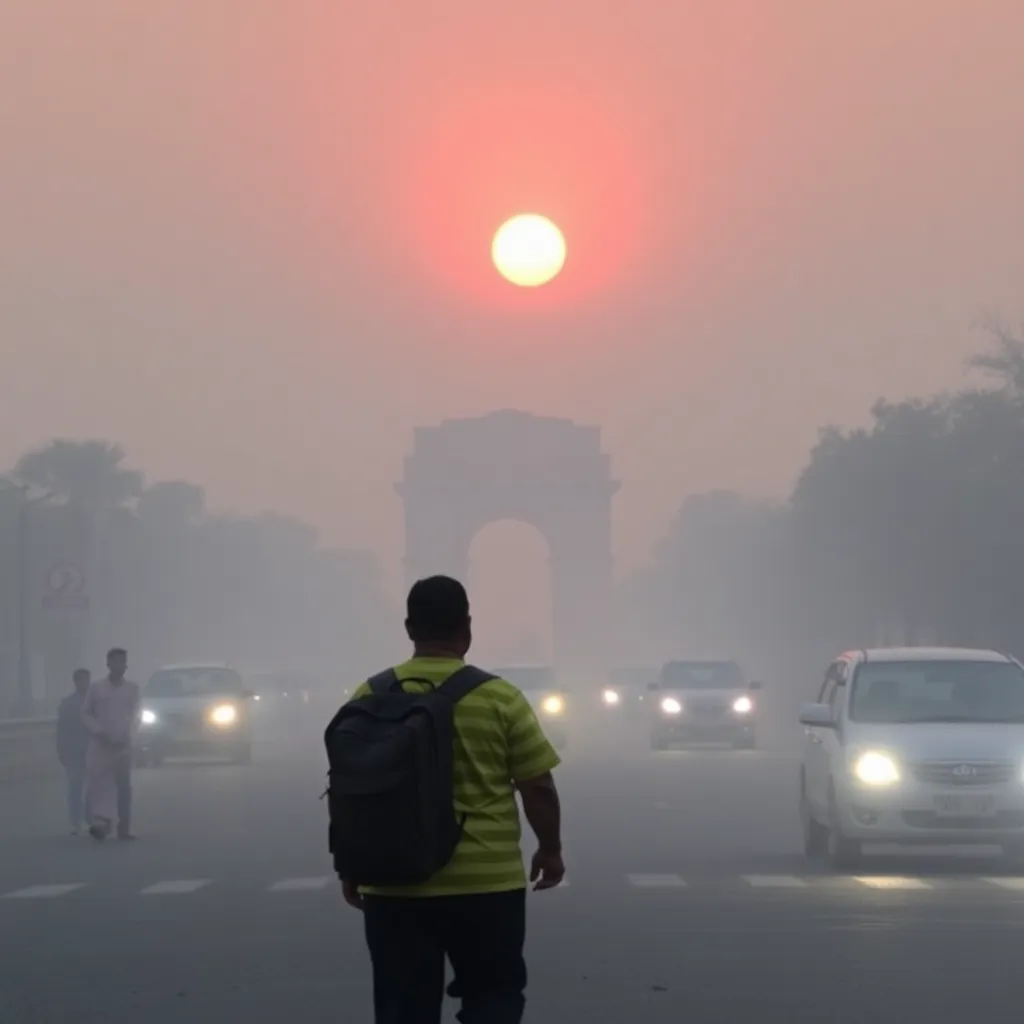Search here

27-Oct-2024 , Updated on 10/27/2024 10:25:37 PM
Delhi is again under pollution attack why?
Delhi is Again Under Pollution Attack: Why?
“Oh boy, here it comes,” you find yourself saying to yourself as you step outside. Annually, as the winter sets in, Delhi’s pollution conditions turn the city into a chamber of toxic air they breathe. But why are we stuck between breathing issues and closed windows? Why can’t Delhi recover from this pollution attack? So let’s dissect some of the actual causative agents of what is otherwise choking our lungs and metaphorically strangling the capital every winter.
The crop burning in neighbouring states, particularly Punjab and Haryana, was reportedly known to be a major source of Delhi’s pollution. Farmers are required to turn the fields after harvesting is done as soon as possible, ready to receive the next crop. The only way they can do this quickly and cheaply is to burn the remaining straw and stubble, which is costly to the environment. These fires spread over the fields, and the smoke rises and covers the entire city of Delhi, making the air in this city dangerous for human health.
Crop burning remains a significant issue in Delhi, despite years of efforts to provide sustainable solutions. The city has over 11 million registered vehicles contributing to emissions, with many using old-generation diesel engines. CNG has become common but has not completely replaced other invasive fuels. Industrialization in the area contributes to pollution, with construction projects producing dust and increasing PM standards. The city's geographic position causes pollutants to accumulate and settle, particularly in winter when temperature inversions occur. The city becomes a gas chamber, with pollutants remaining inside for longer periods.
The Diwali festival further worsens the situation, as people continue to shoot off firecrackers, emitting dangerous chemicals that contribute to the worsening air quality. Despite bans and restrictions, few controls have been implemented, and culture has prevailed over necessity.
Efforts to curb pollution have received dreadful results, with little commitment to implementing laws. The city has implemented an odd-even system of vehicles to minimise traffic emissions, but actual responsive action on the ground is still limited. The graded response action plan, which works by installing measures based on pollution levels, has proven effective but lacks sustainable solutions. Implementing sustainable policies consistently and vigorously in the fight against pollution appears to be an impossible task.

How Can We Overcome This?
To address this problem in Delhi, there needs to be an aggregation or synthesis of interrelated solutions. Imagine if viable and cheap measures that replace crop burning were in the farmer’s hand as an option. Elimination of diesel automobiles, promotion of electric automobiles, and efficient mass transit may perhaps lower vehicle emissions.
In addition, better control measures of industrial emissions and enhanced regulation of construction dust are also mandatory.
Furthermore, the government has to step up efforts to publicise such actions as well as enforce laws prohibiting fire crackers. Now more than ever, it’s important to put health above custom. People can also do their part by avoiding car trips, backing up clean energy, and adhering to ordinances regarding Diwali.
Final Thoughts
Delhi’s annual pollution mirage is not a mere disruption any longer but an unadulterated health peril. Without question, we have the power to effectively force the government, the industries, and ourselves to clean up our act and breathe cleaner air. If such black measures are not set aside by powerful campaigns, fear, and collective action, Delhi’s “pollution attack” will only persist, and generations of the future will suffer the consequences.

Student
hey there! i am a student currently pursuing my bachelors with a keen interest in writing., I am fueled by a deep love for storytelling and a flair for creating captivating narratives. Armed with a passion for language and a keen eye for detail, I strive to craft compelling copy that leaves a lasting impact.
Join Our Newsletter
Subscribe to our newsletter to receive emails about new views posts, releases and updates.
Copyright 2010 - 2025 MindStick Software Pvt. Ltd. All Rights Reserved Privacy Policy | Terms & Conditions | Cookie Policy